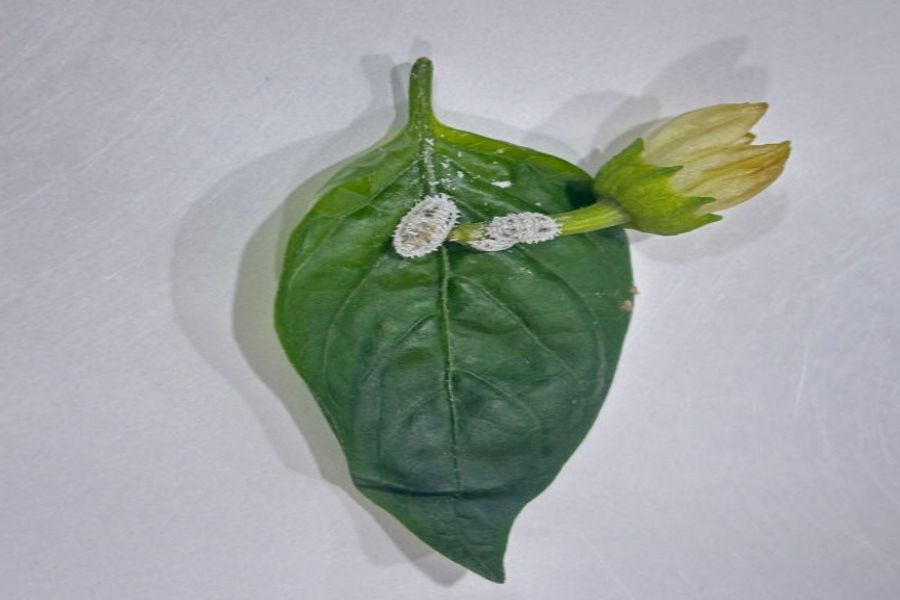Mealybugs are small pests that can damage your plants by sucking out their juices and leaving behind sticky honeydew, which attracts mold. If you’re looking for a natural way to control these pests, biological control is an eco-friendly option that works wonders. What is Biological Control? Biological control involves using natural predators or microorganisms to keep pest populations, like mealybugs, in check. Instead of relying on chemicals, this method uses nature’s own solutions to target and reduce pest damage. Predators that Help Fight Mealybugs Ladybugs – These little beetles are known for their appetite for mealybugs. Both adult ladybugs and their larvae can eat a lot of mealybugs, making them effective helpers in your garden. Parasitic Wasps – These tiny wasps lay their eggs inside mealybugs, and when the larvae hatch, they feed on the mealybug from the inside out. This can significantly reduce mealybug numbers without harming your plants. Lacewing Larvae – Lacewing larvae are also great at eating mealybugs. They hunt and kill mealybugs quickly, helping to keep the infestation under control. Fungi and Nematodes : In addition to insects, certain fungi like Beauveria bassiana and Metarhizium anisopliae are effective at attacking mealybugs. These fungi infect the pests and eventually kill them. Nematodes, tiny worms that live in the soil, can also attack mealybugs, helping to control them at the root level.
